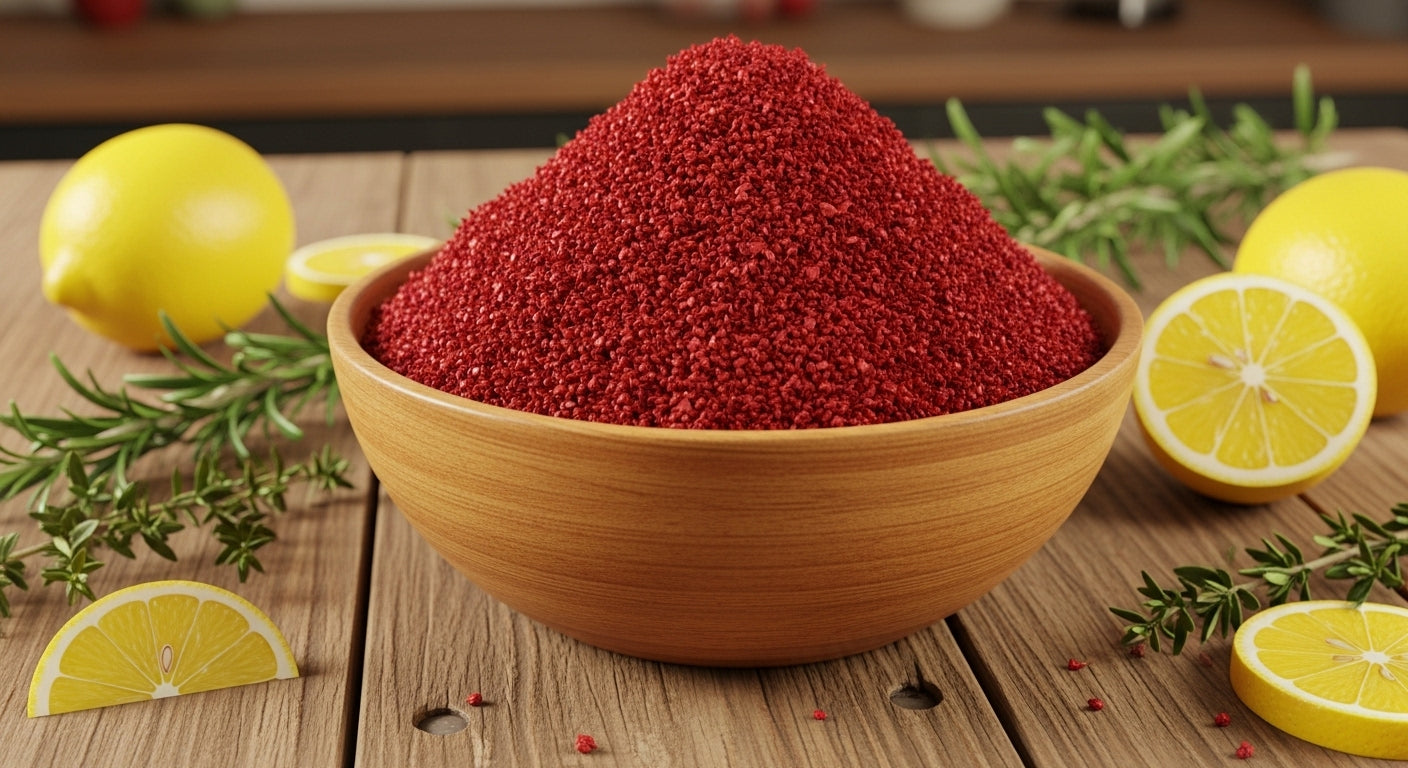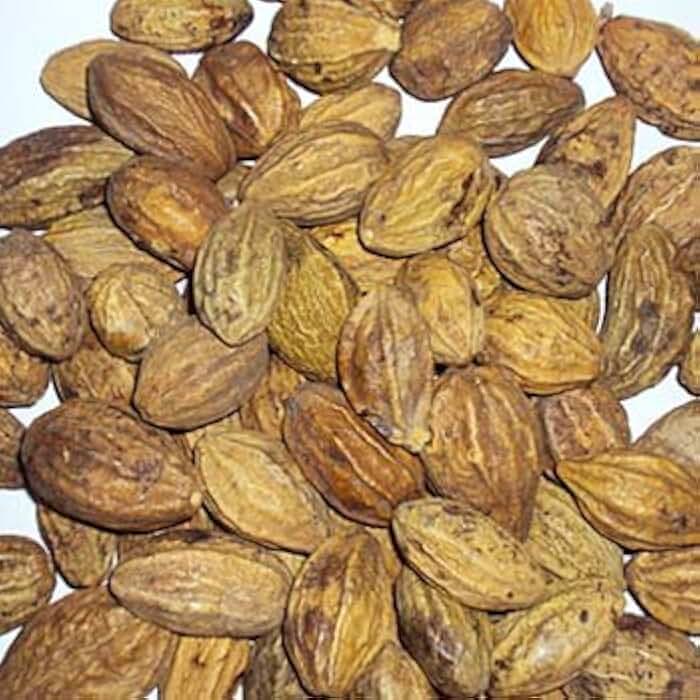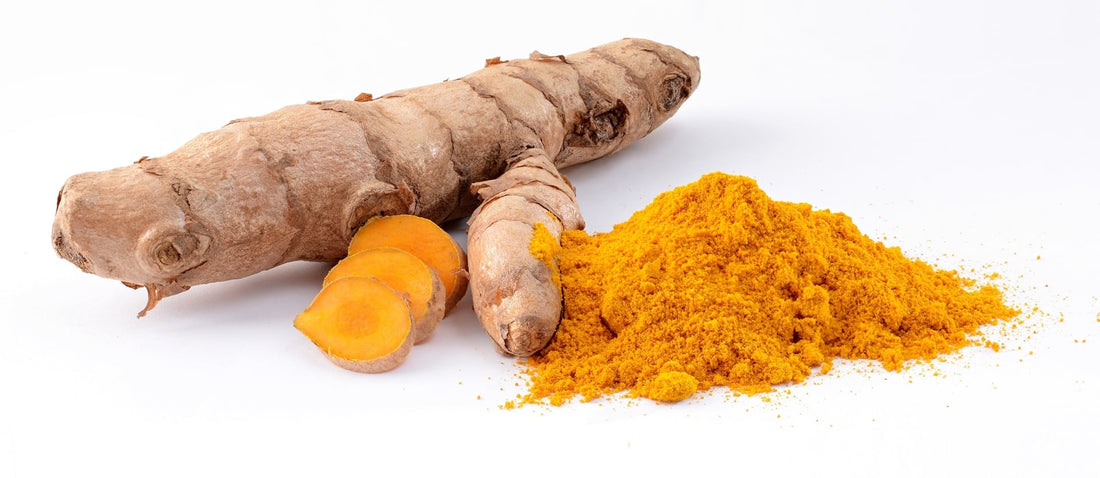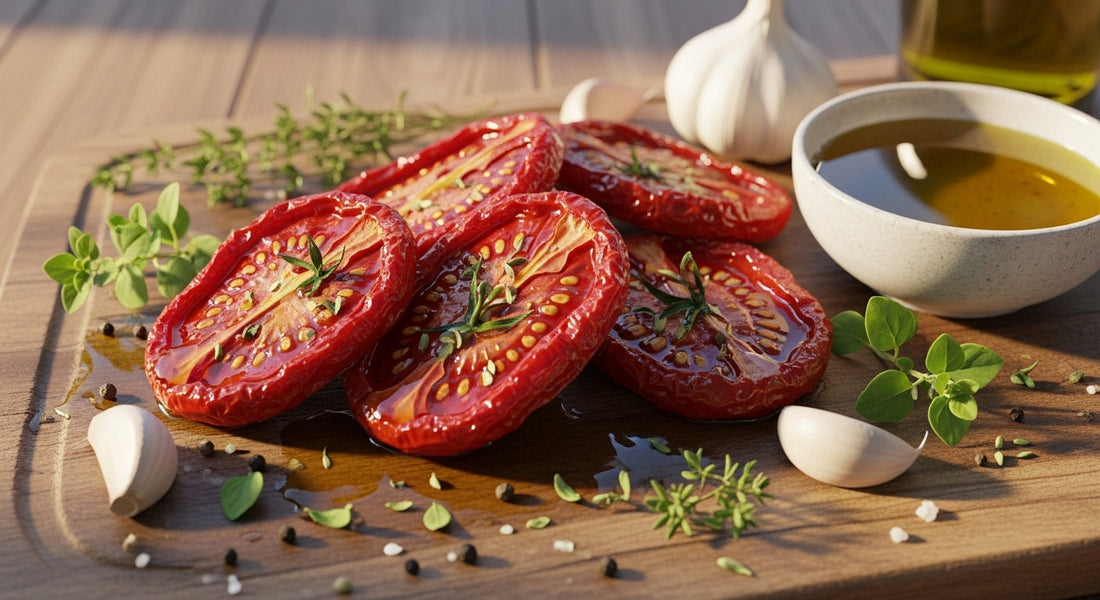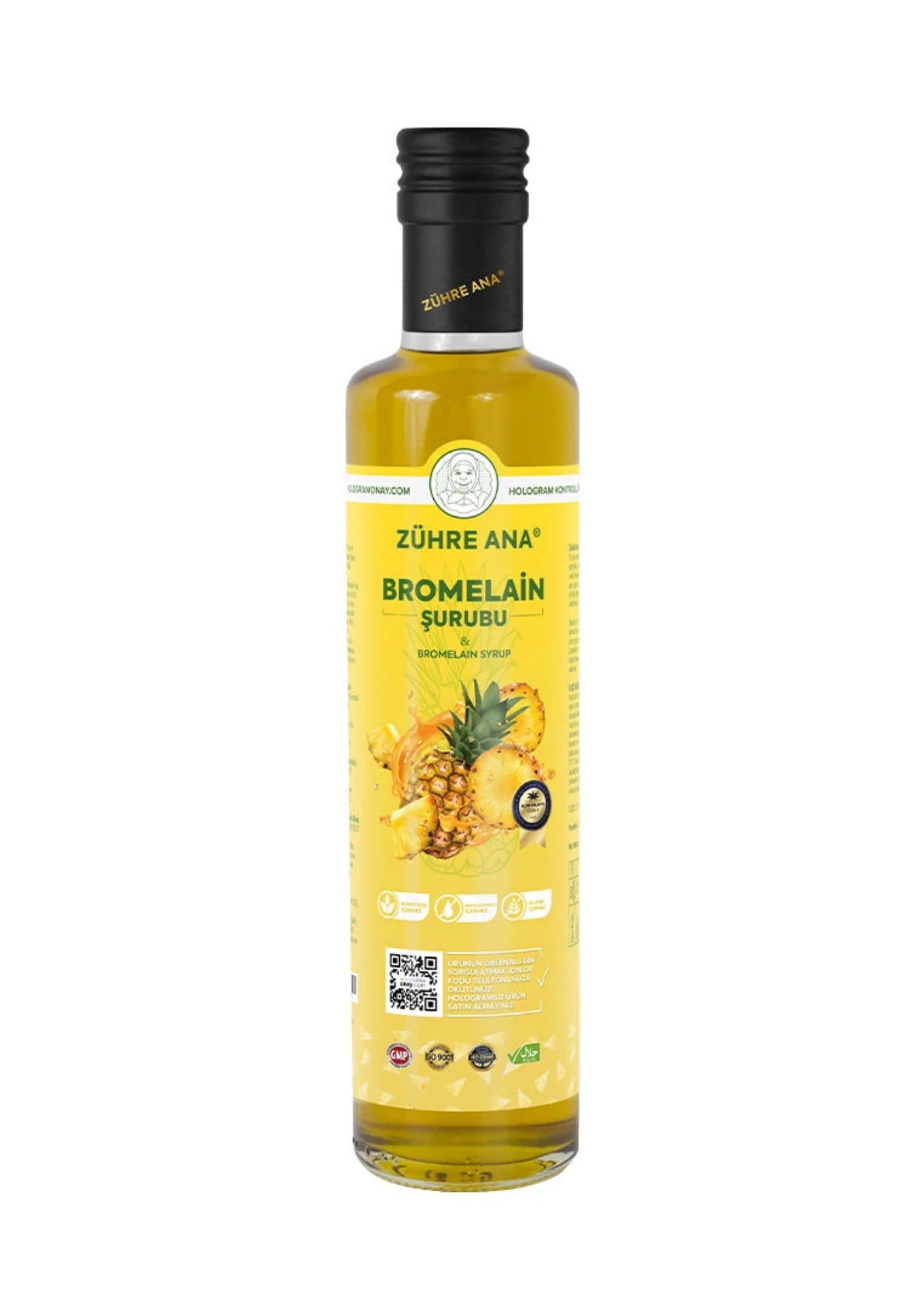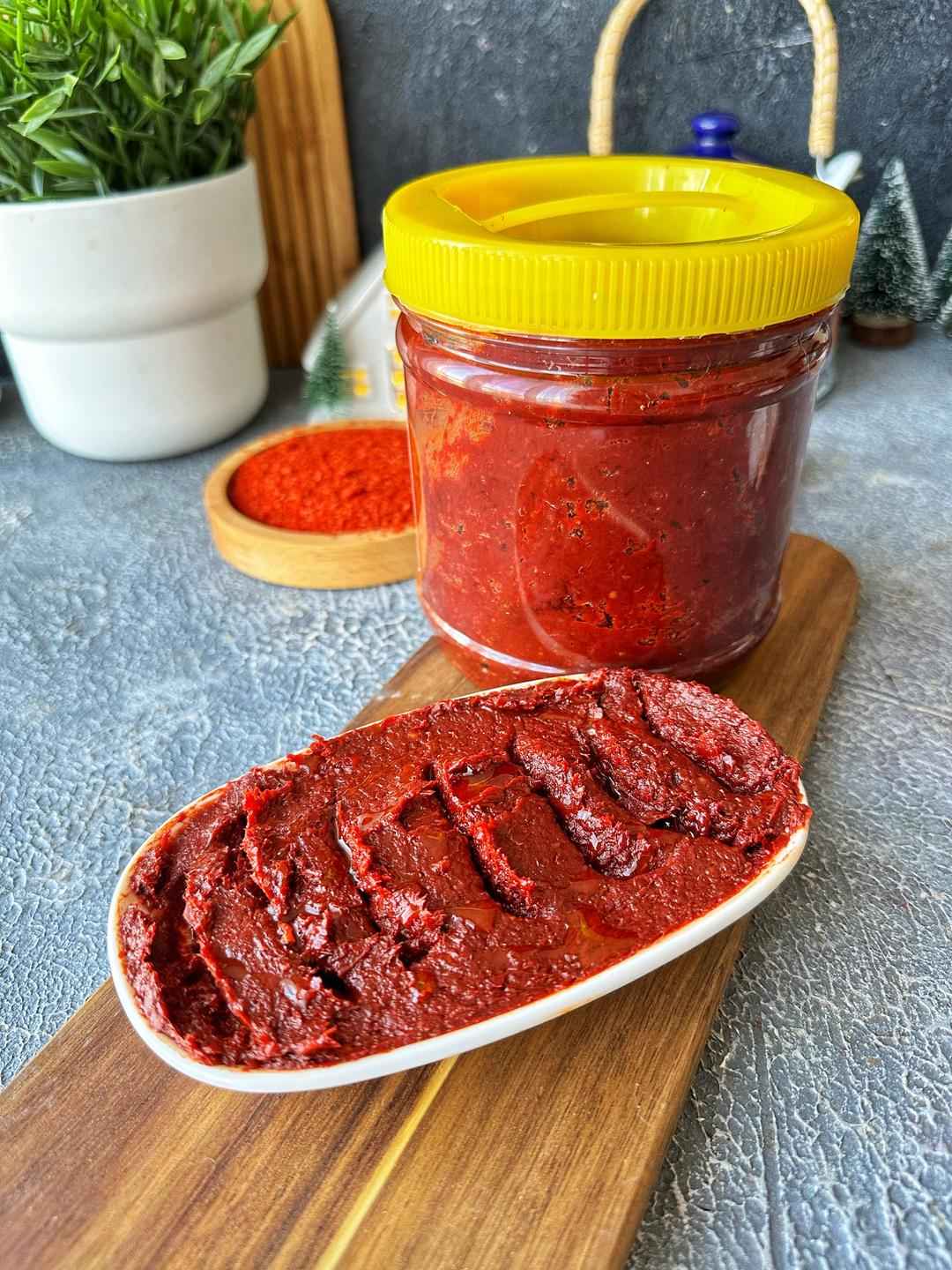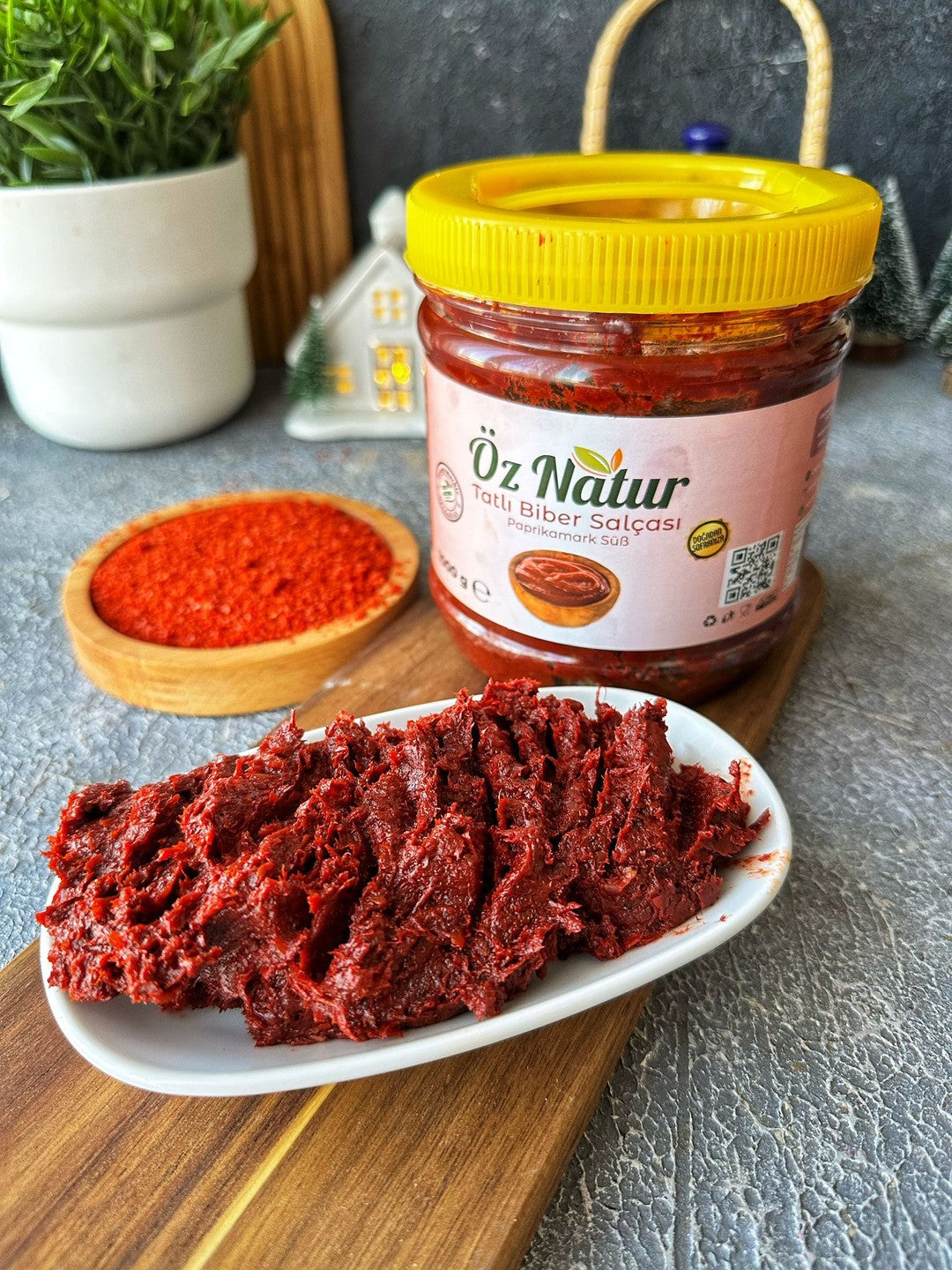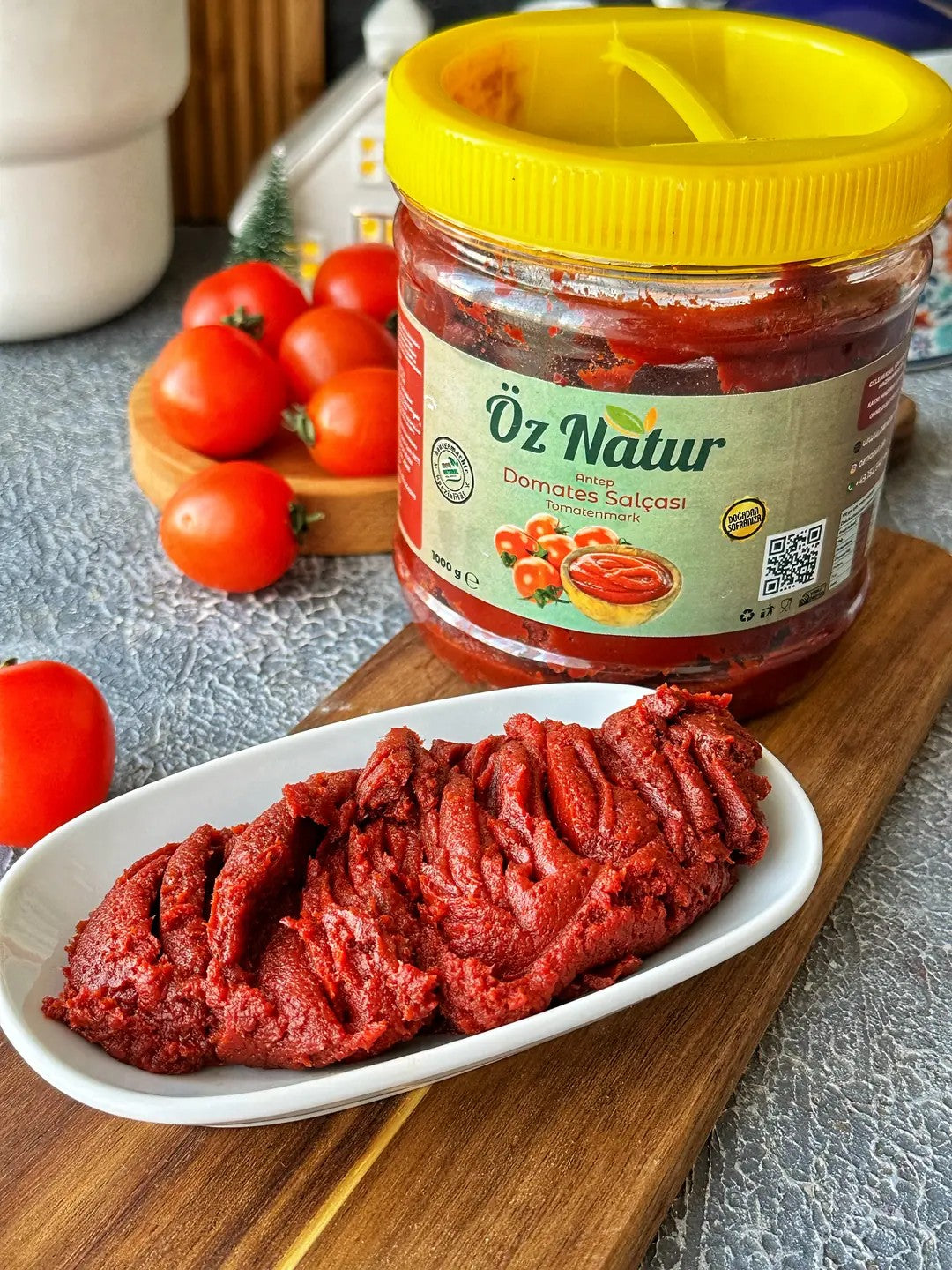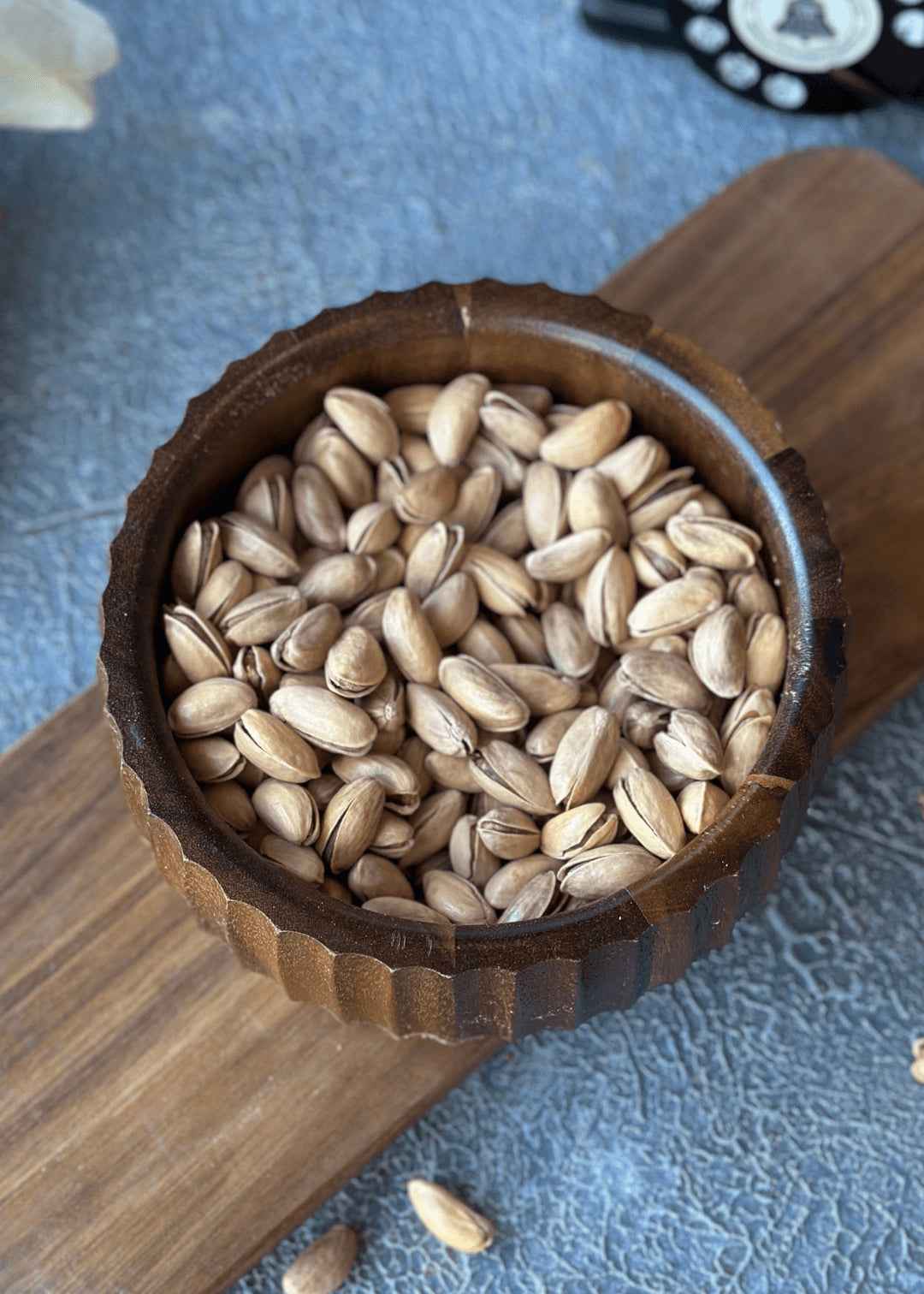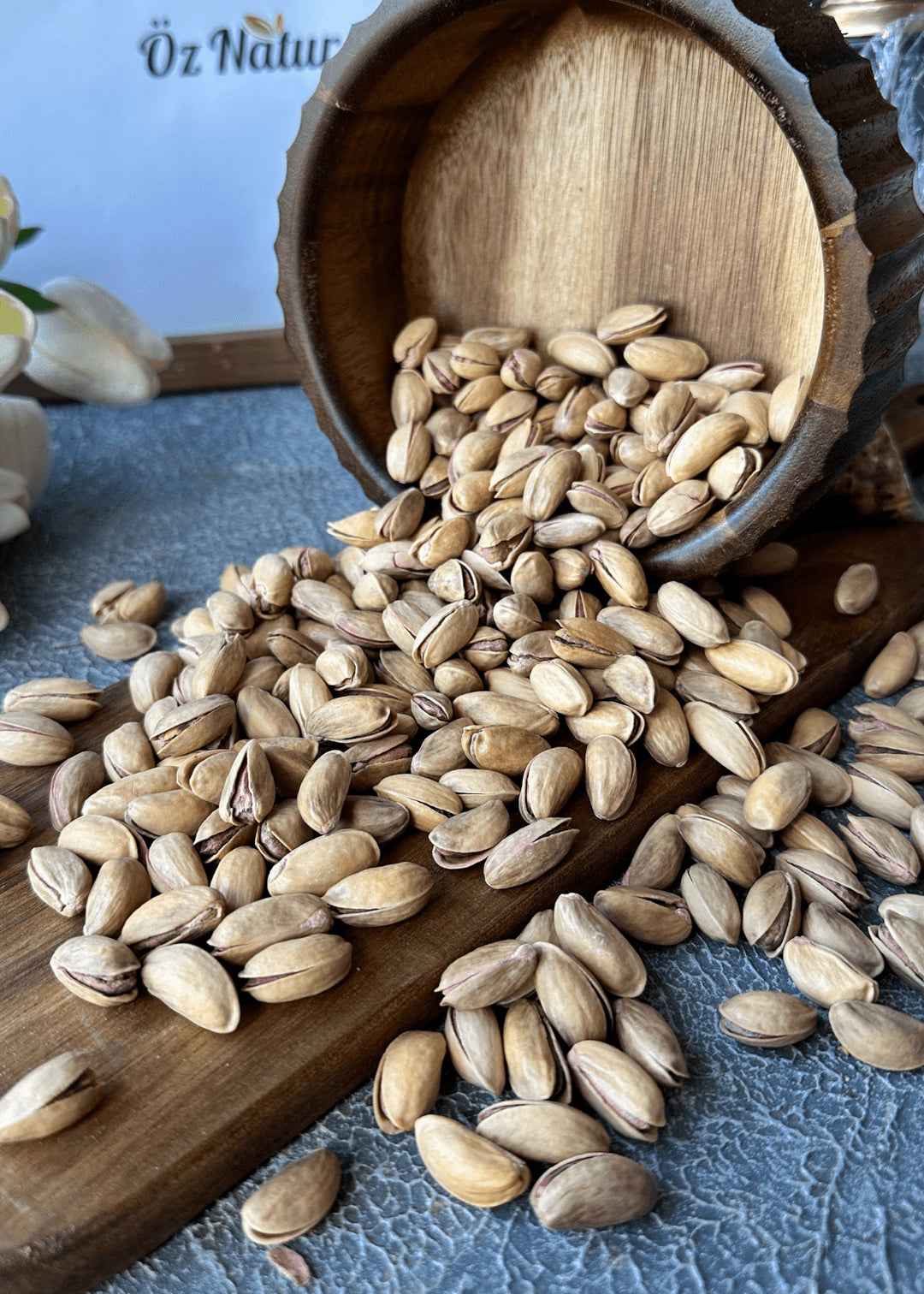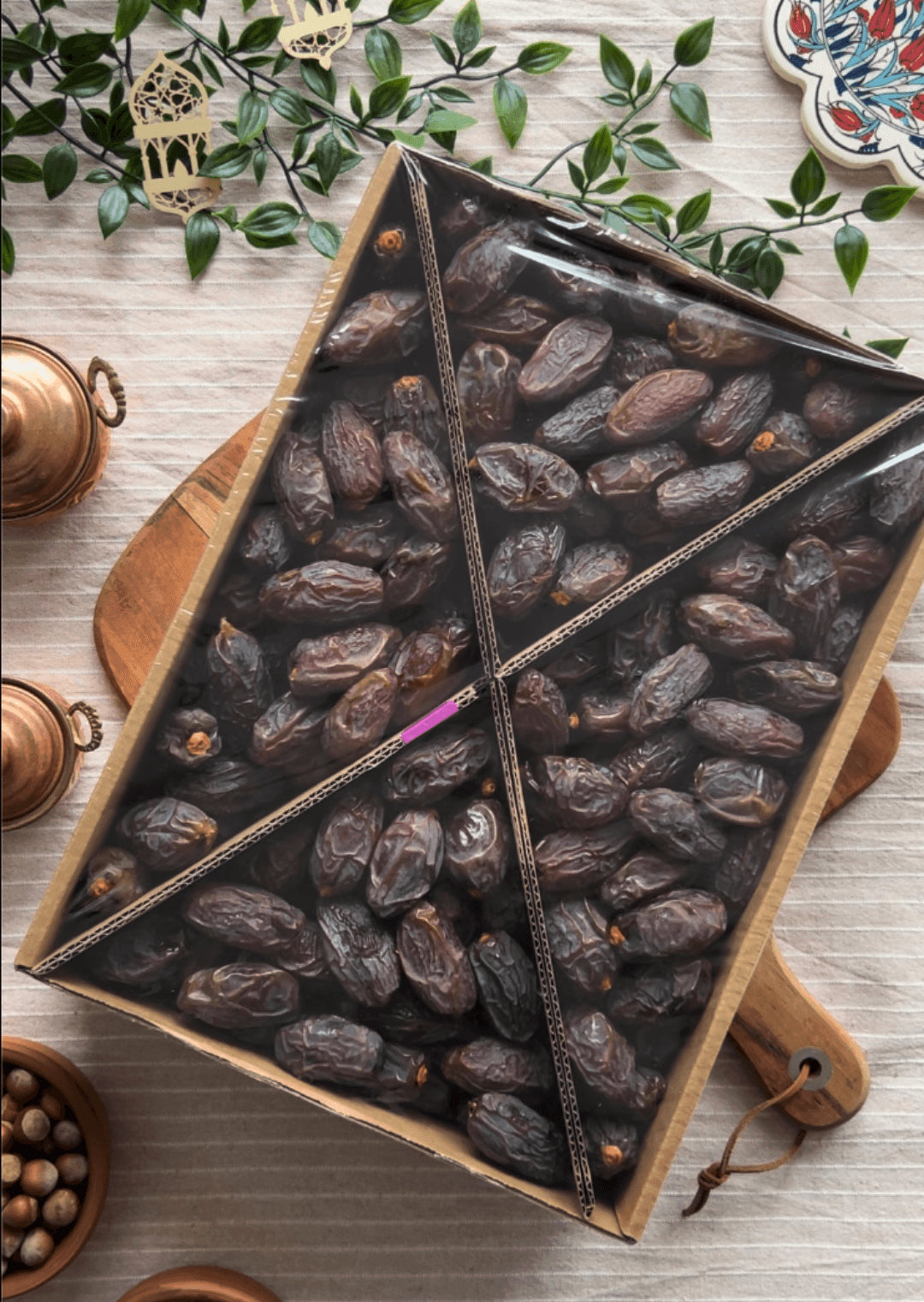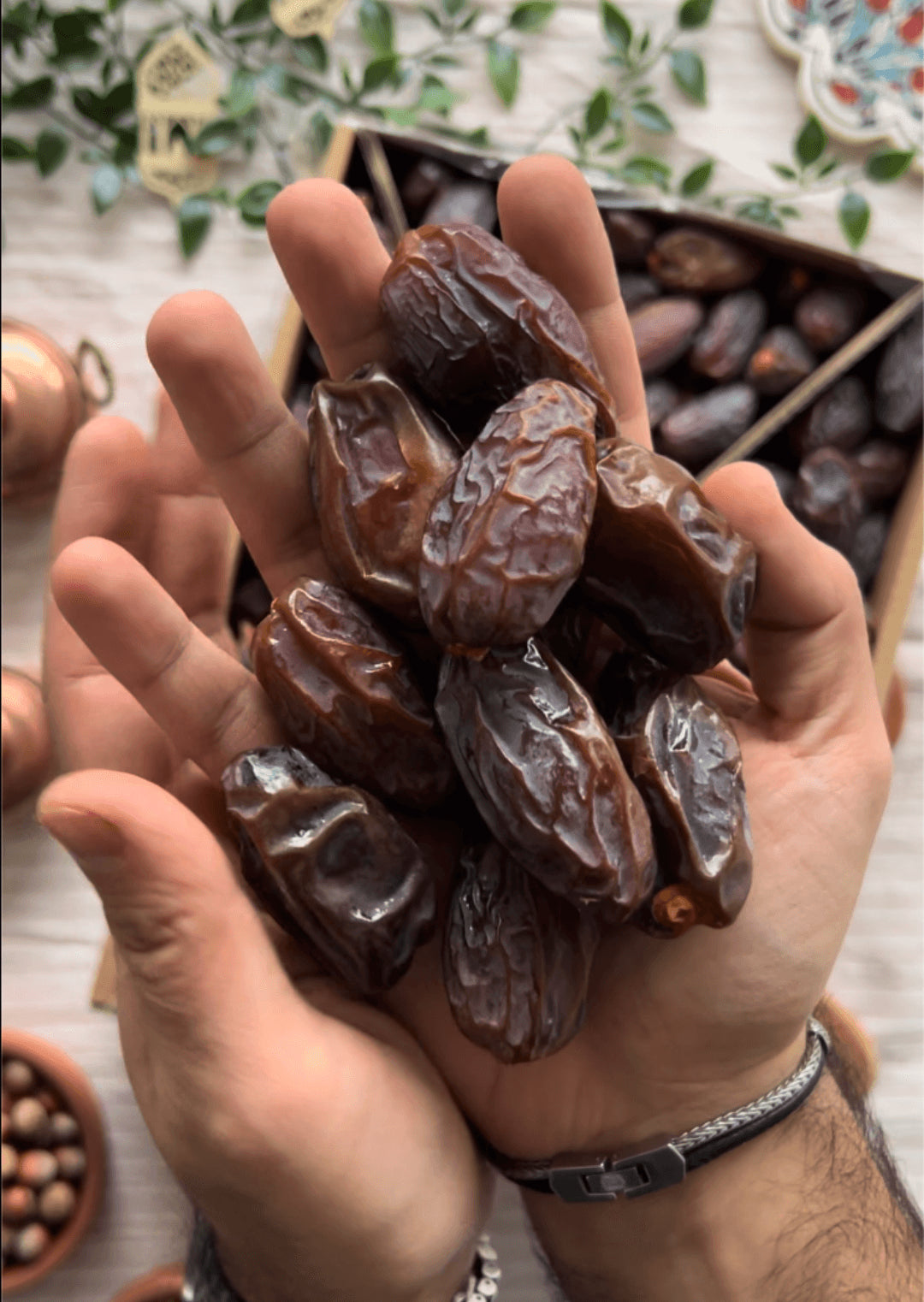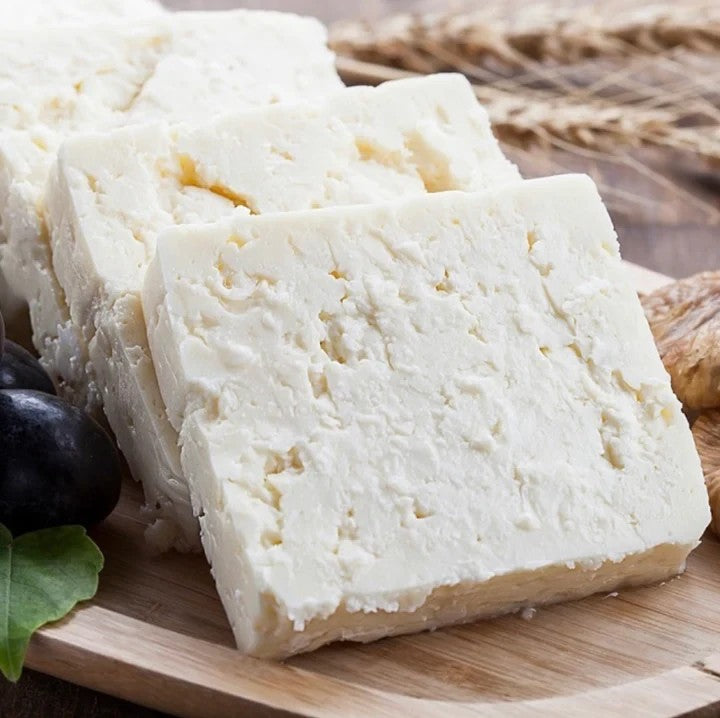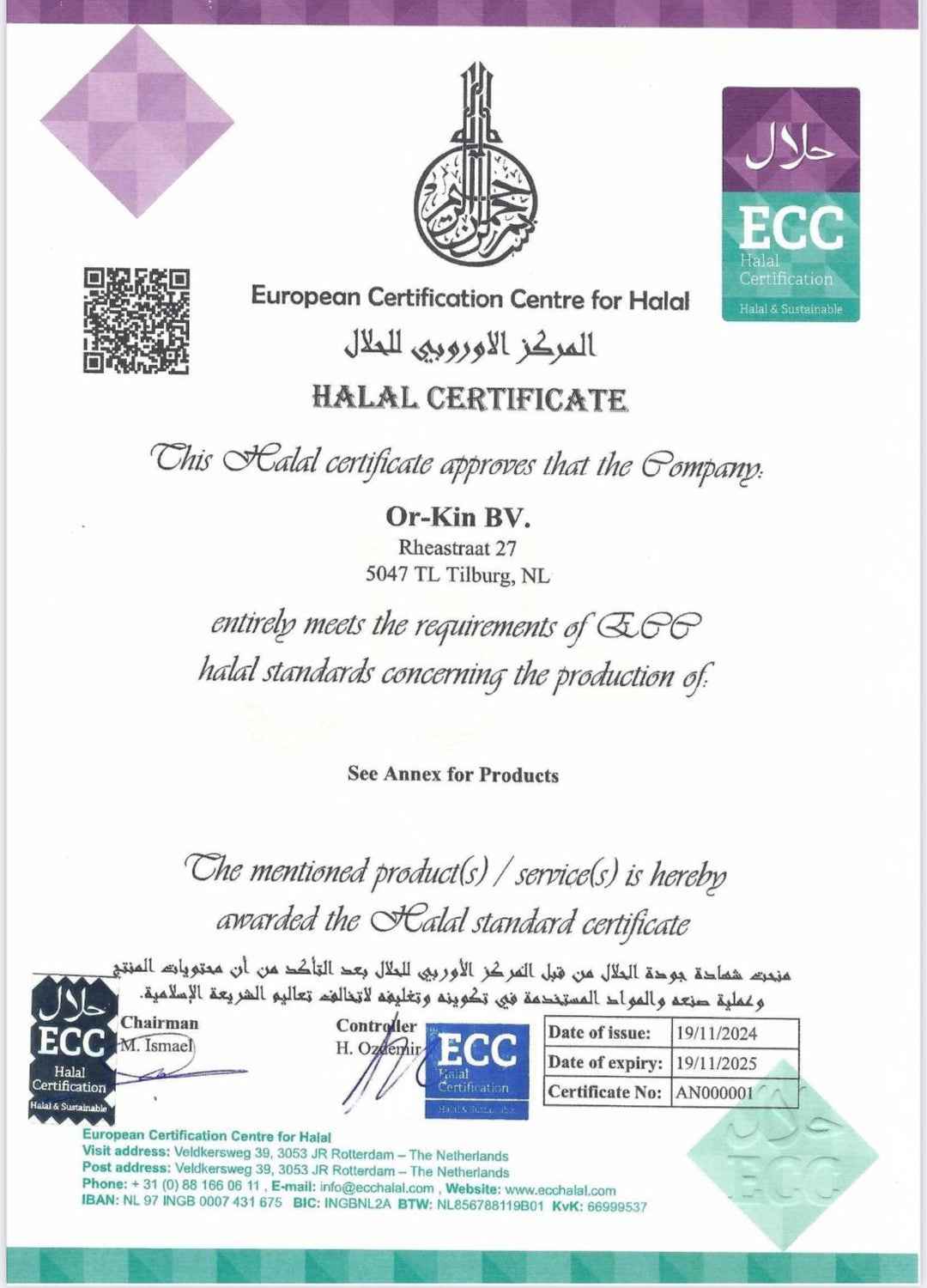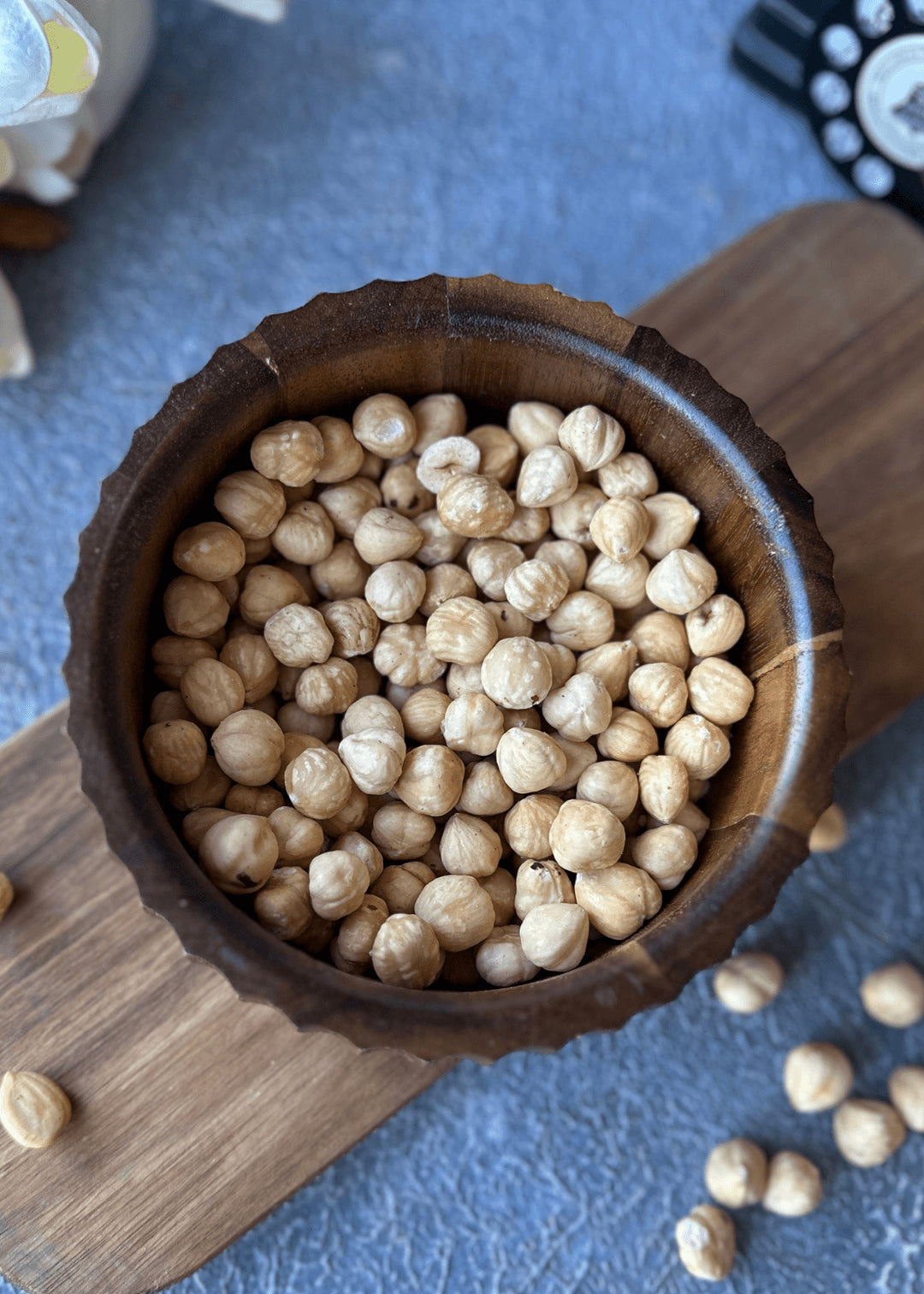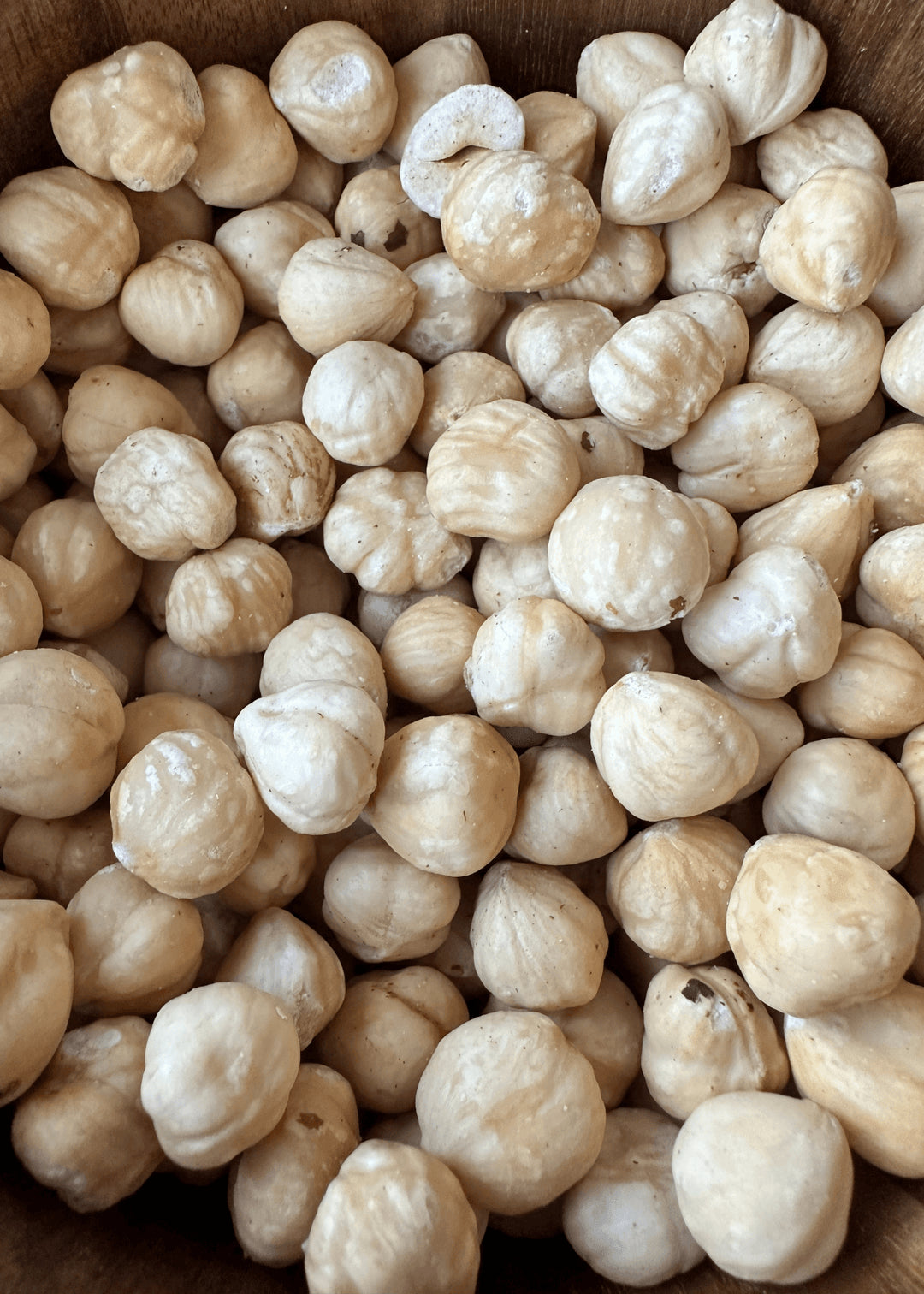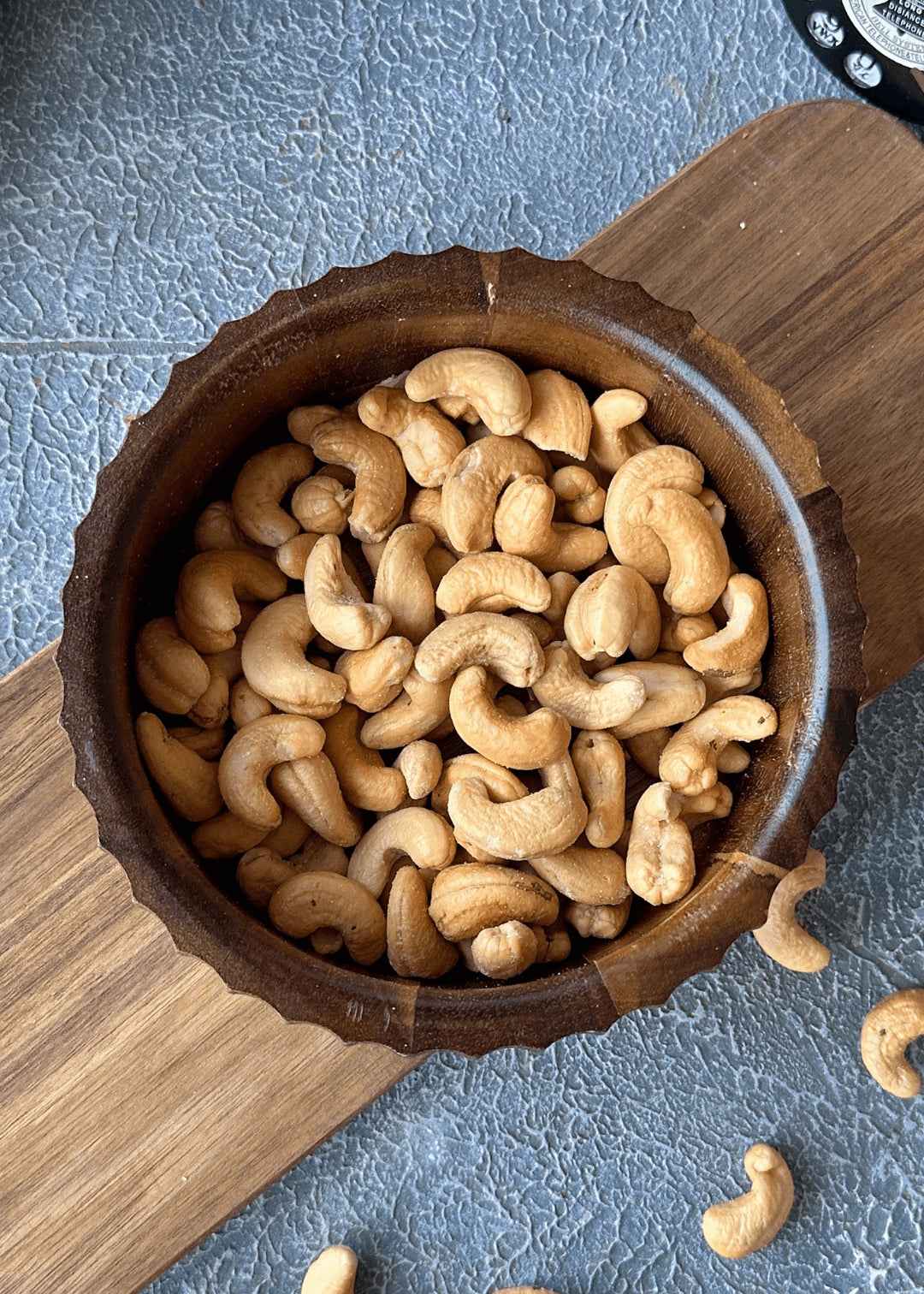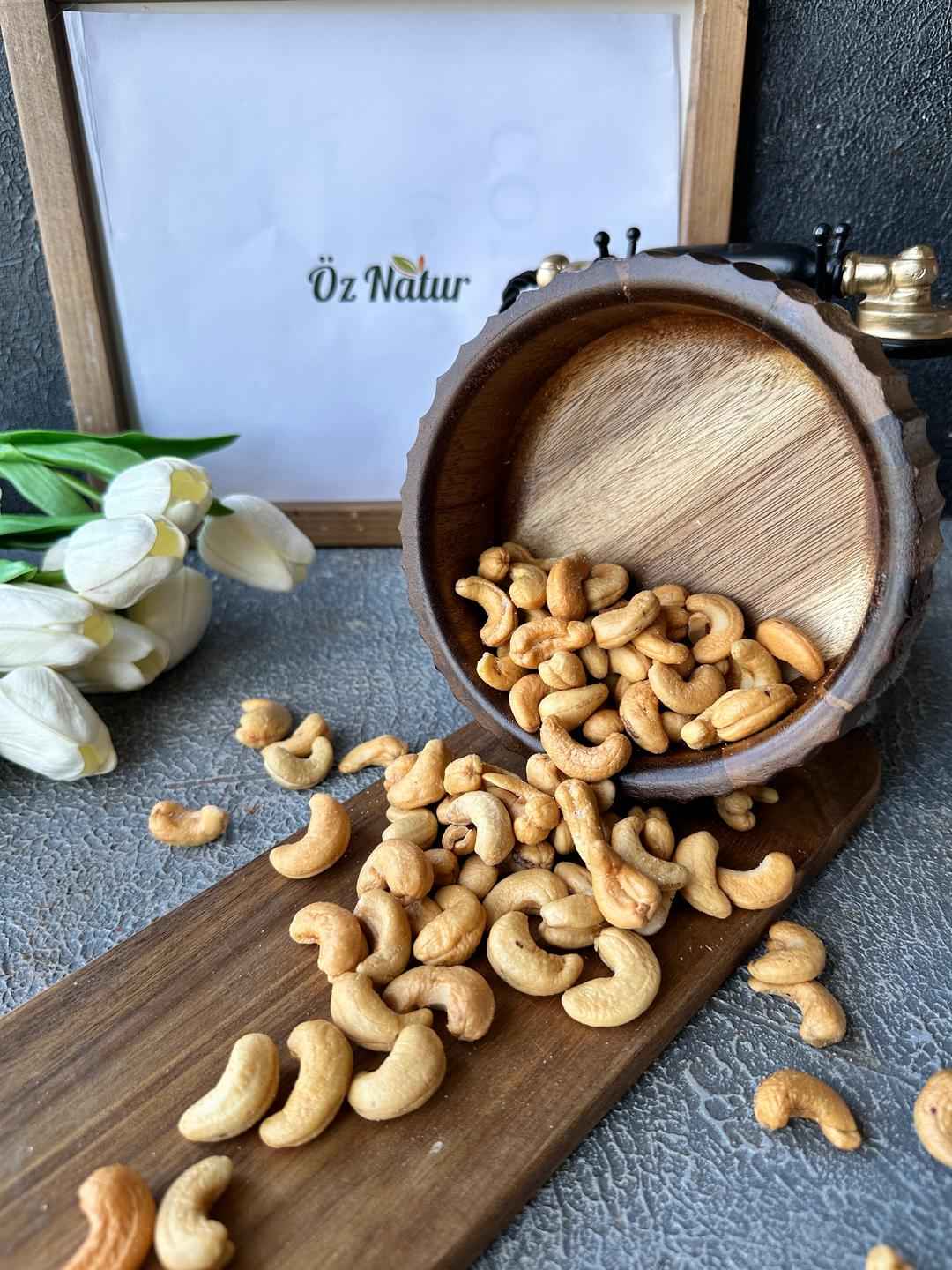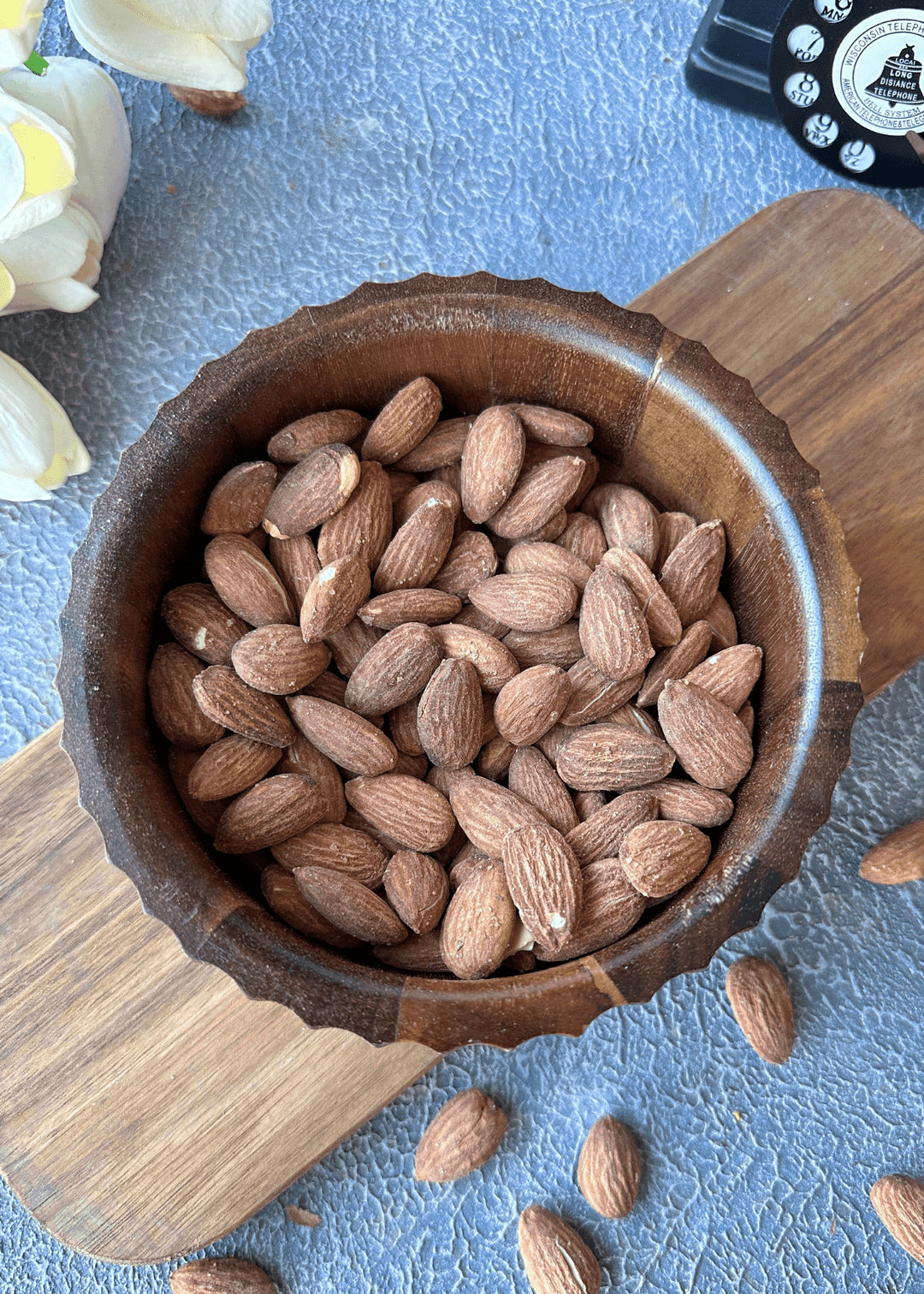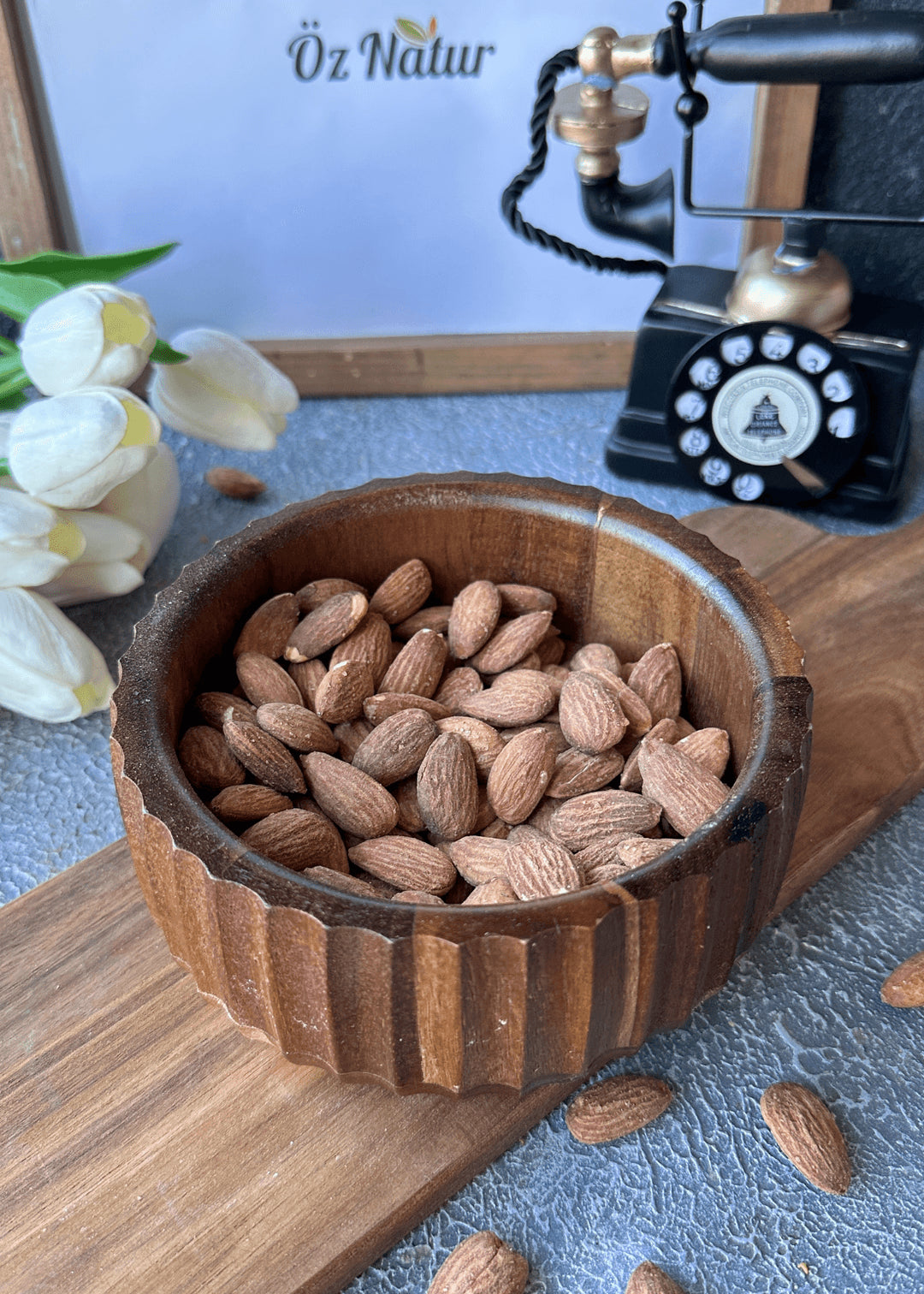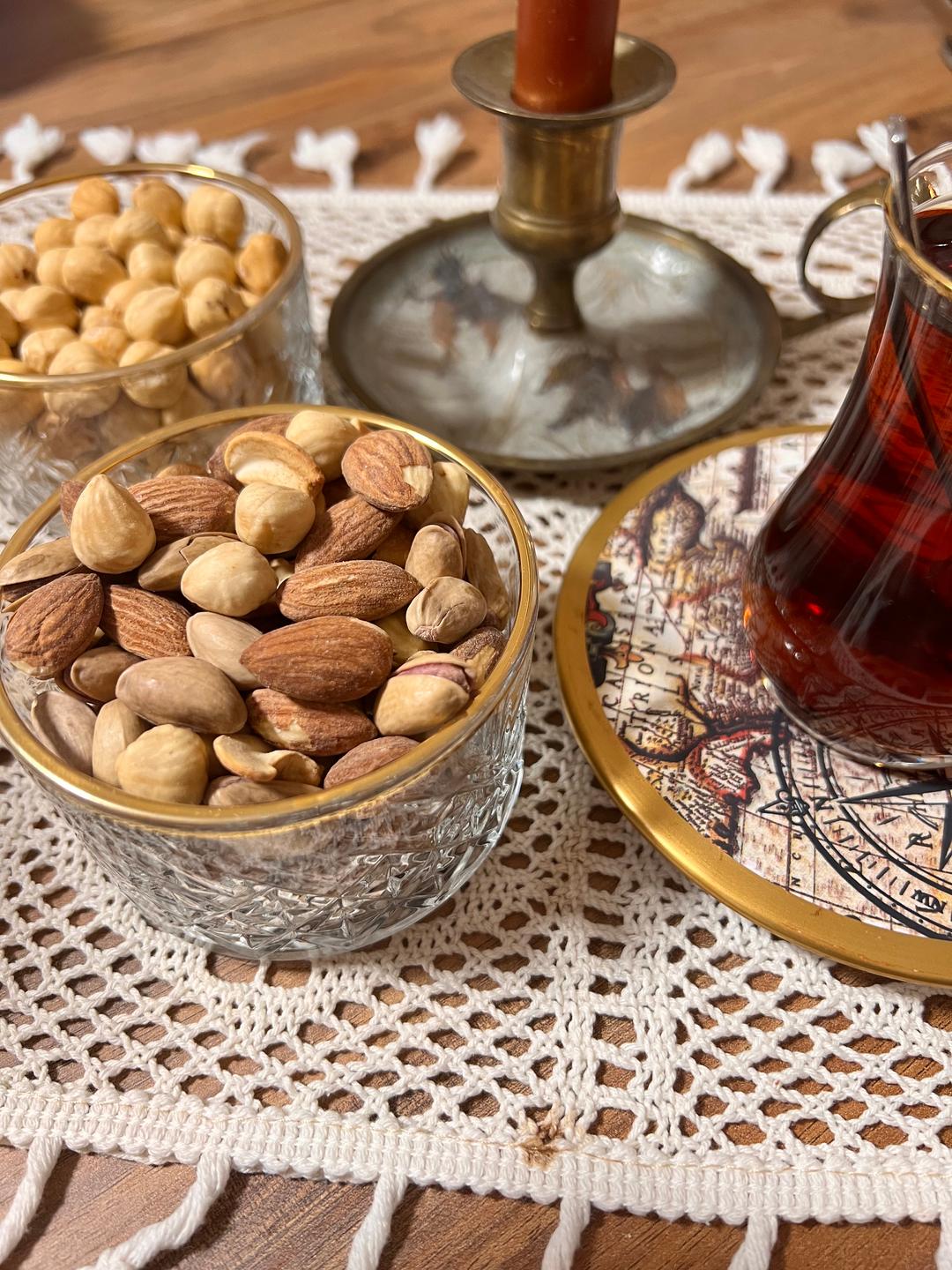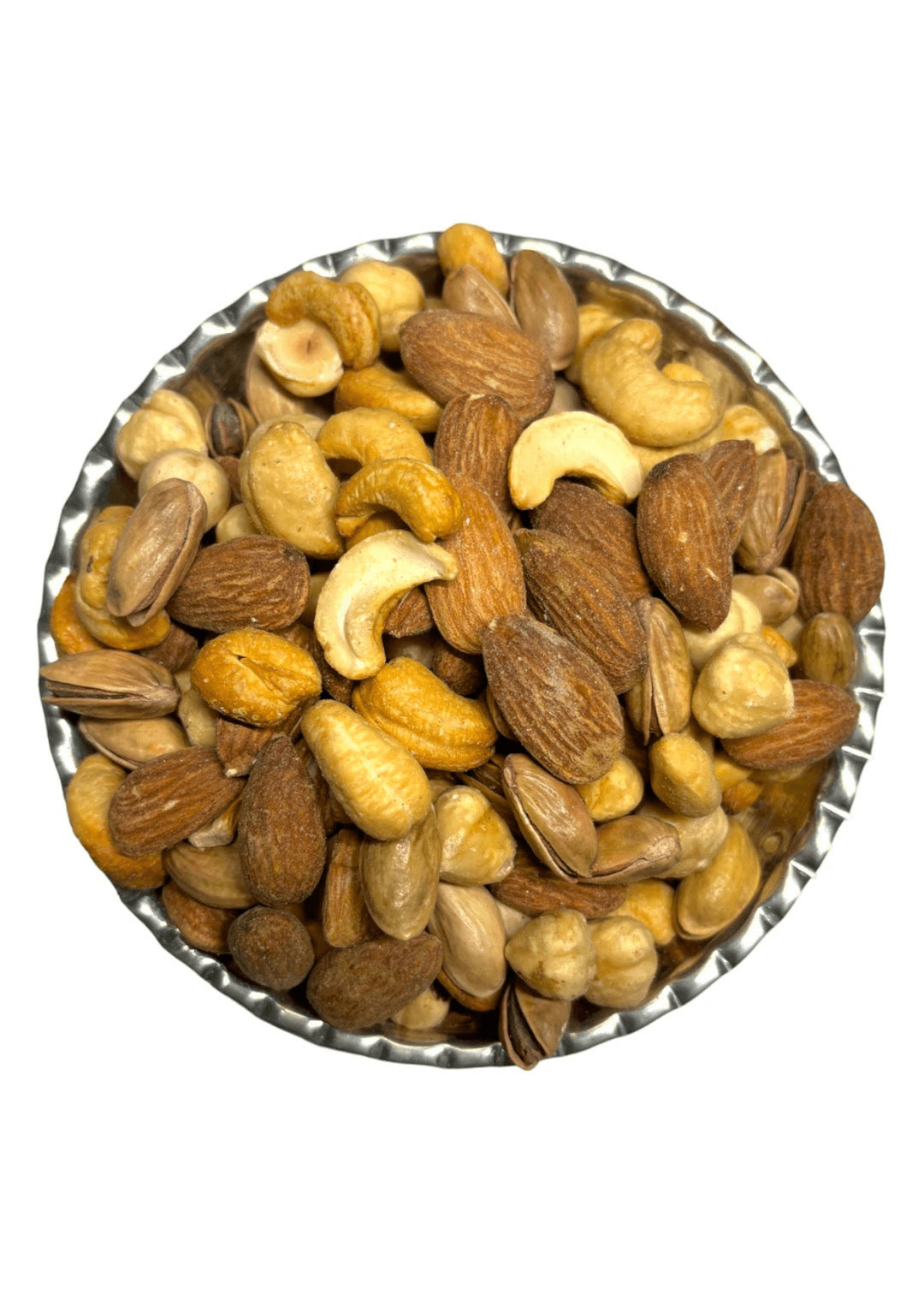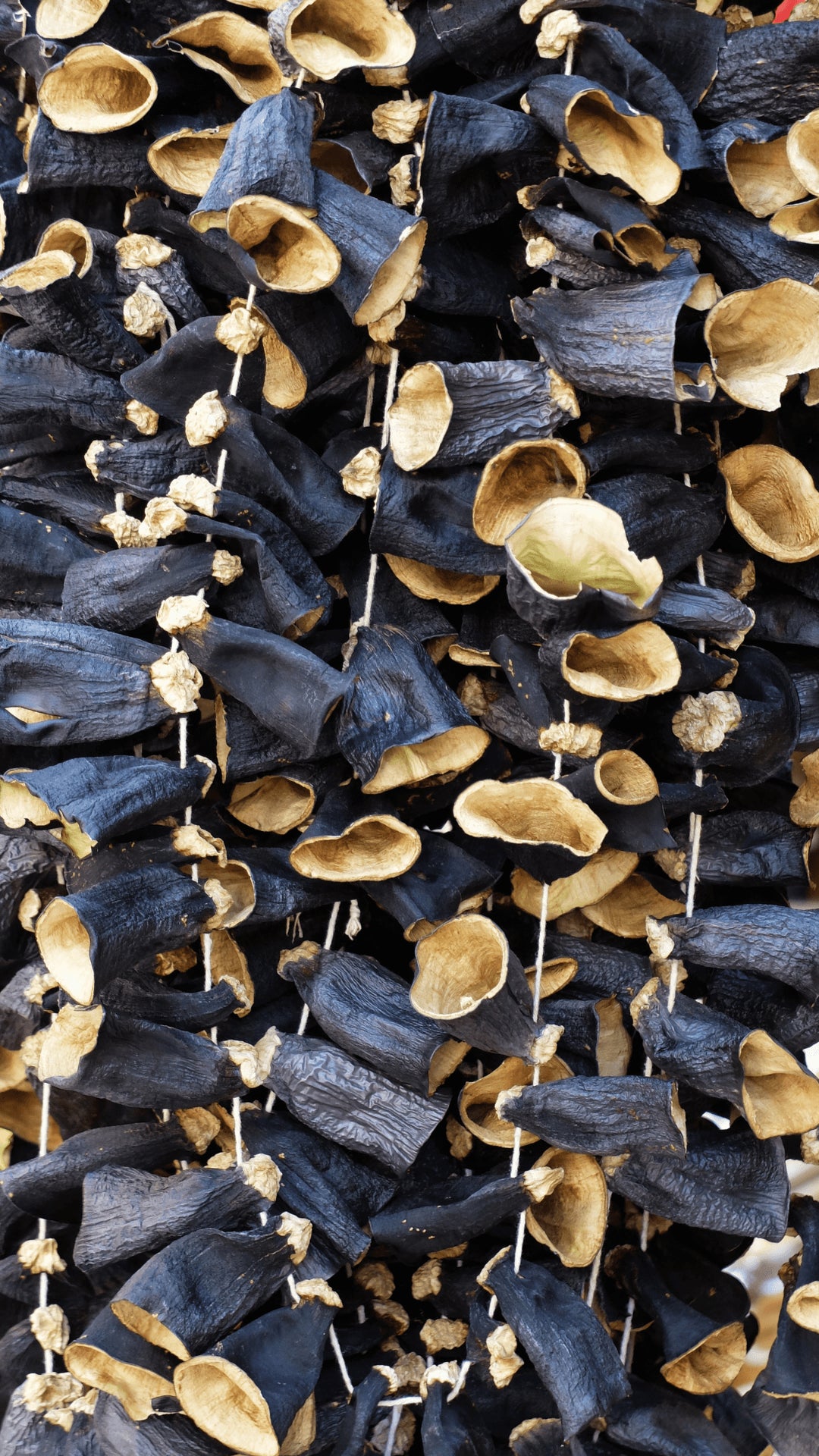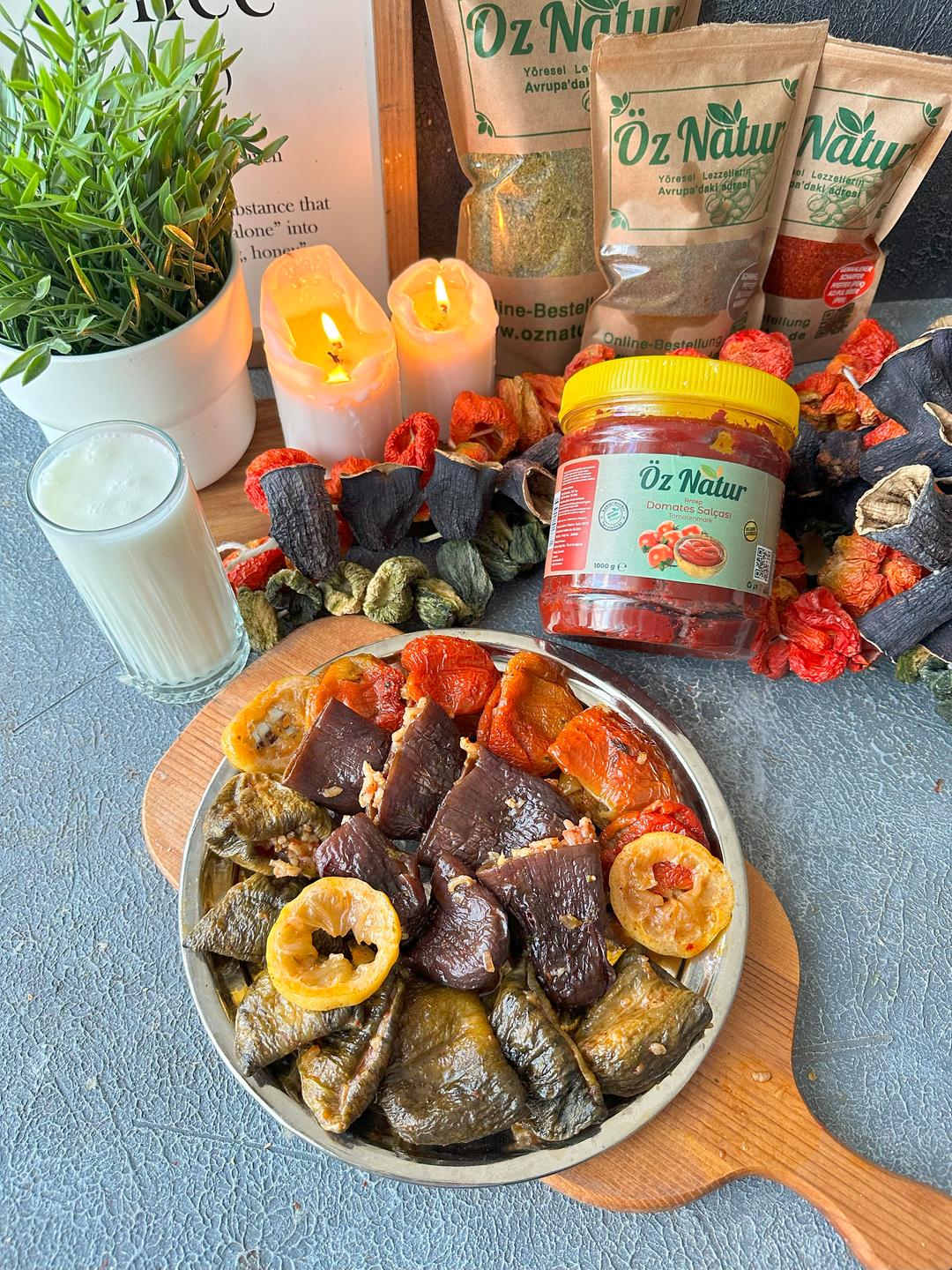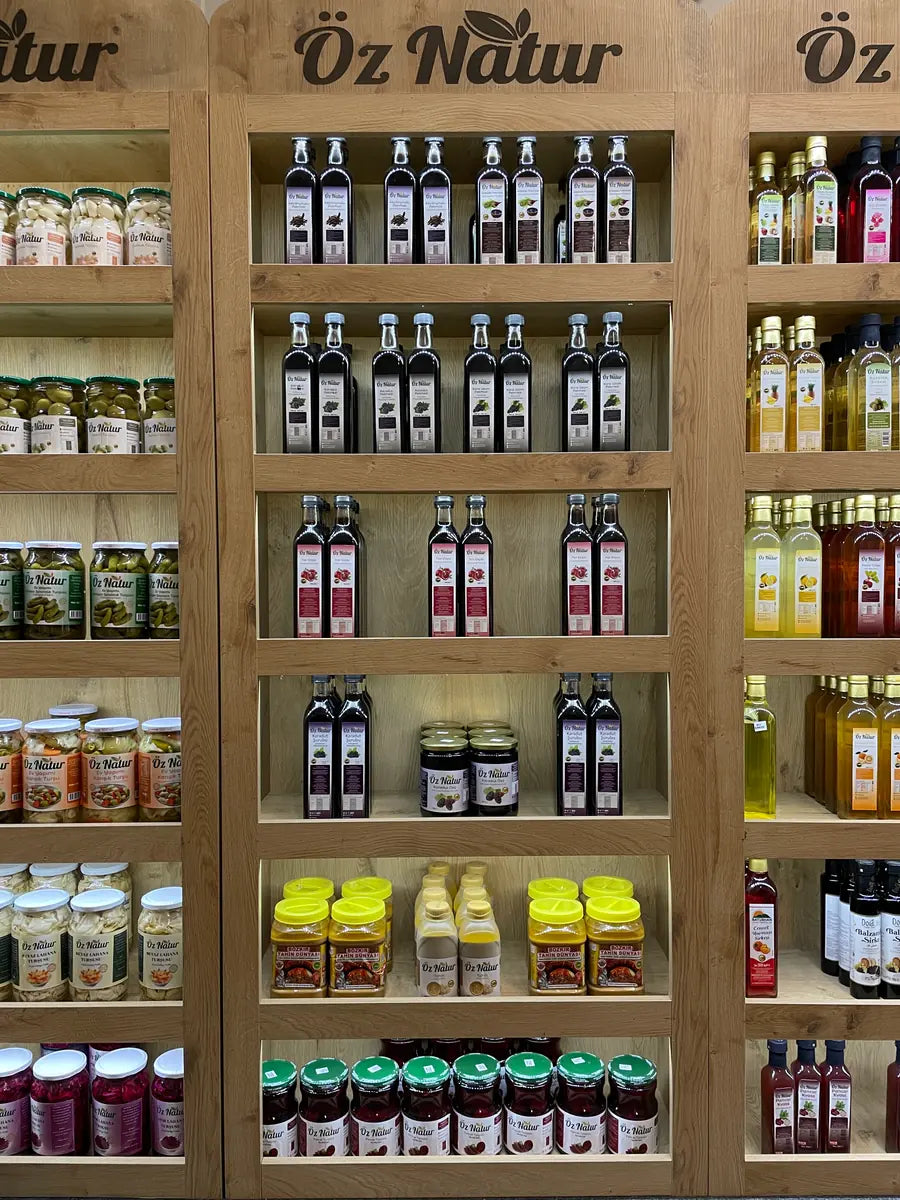Sumac is a spice obtained from the dried and ground fruits of plants belonging to the Rhus genus. It is especially known for its slightly sour and lemony flavor. Used widely in Middle Eastern and Mediterranean cuisines, sumac adds a tangy and refreshing taste to both hot and cold dishes. With its deep red color and granulated texture, it is both visually appealing and rich in flavor.
The name "sumac" comes from the Aramaic word summaq, meaning "dark red." Its distinctive taste makes it a unique alternative to lemon or vinegar in many recipes. Unlike synthetic souring agents, sumac offers a more earthy and aromatic profile. Due to its natural acidity and low moisture content, it can also serve as a light preservative in some dishes.
Sumac is a versatile spice that can enhance the flavor of meats, salads, dips, and grains. It is often sprinkled over grilled meats, kebabs, or added to salad dressings. In many cultures, especially in Turkish and Lebanese cuisines, sumac is considered a kitchen essential. It provides an alternative sourness without overpowering other flavors.
Today, sumac is widely available in both ground and whole forms. Thanks to its growing global popularity, it has found its way into modern fusion recipes as well. Whether used as a finishing touch or a main component of a spice mix, sumac brings vibrancy and balance to a wide range of dishes.
Botanical Origins and History of Sumac
The sumac plant belongs to the Anacardiaceae family, which also includes cashews and mangoes. It grows primarily in warm climates such as the Mediterranean basin, parts of Asia, and North Africa. The fruit of the plant, which appears in clusters of small red berries, is harvested when ripe and then dried for use as a spice.
Historically, sumac has been used for centuries not only as a culinary ingredient but also for dyeing fabrics and tanning leather. Ancient civilizations in the Middle East and Greece were known to utilize sumac in both cooking and medicine. Its acidic properties were appreciated for balancing fatty dishes and preserving food before refrigeration existed.
In medieval times, sumac was a prized ingredient in Arab and Persian kitchens. It was also traded along spice routes, spreading its use to Europe and other parts of the world. Unlike some exotic spices that were reserved for the elite, sumac was accessible and widely used by common households.
Today, sumac continues to be cultivated in traditional regions, often using age-old methods. Its history as a staple in both food and craft has secured its place in many cultural traditions. Thanks to increasing interest in global cuisines, sumac’s unique flavor and story continue to captivate modern kitchens.
Differences Between Ground Sumac and Whole Sumac
Ground sumac is the most common form used in cooking and is made by drying the berries and grinding them into a coarse powder. This version is convenient and ready to use, making it ideal for sprinkling directly onto foods or mixing into sauces. It usually contains a small amount of salt to enhance preservation and taste.
Whole sumac, on the other hand, refers to the dried berries themselves, which are used less frequently in everyday cooking. These berries can be soaked in water or crushed fresh before being added to dishes, offering a more potent and fresher flavor. Some chefs prefer this method for a more controlled and authentic sumac profile.
The main difference lies in the intensity and texture. Ground sumac tends to blend more easily with other spices and is great for dry rubs, while whole sumac provides a deeper, more aromatic experience when infused or cooked. However, it requires more preparation time, making it less popular among home cooks.
Choosing between ground and whole sumac depends largely on the dish being prepared and the desired level of sourness. While ground sumac is versatile and widely accessible, whole sumac is valued in gourmet kitchens for its bold and unaltered flavor profile.
Which Dishes Use Sumac the Most?
Sumac is a star ingredient in Middle Eastern cuisine, particularly in dishes like fattoush salad and manakish. It’s often sprinkled over onions, tomatoes, and greens to provide a pleasant acidity. The spice works exceptionally well in cold salads, as it adds a bright and tangy lift to the overall flavor.
It is also popular in meat marinades, especially for lamb, beef, and chicken. Combined with olive oil and garlic, sumac becomes part of a flavorful rub that tenderizes the meat while adding complexity. It is frequently used in kebabs and grilled meat recipes across Turkish, Lebanese, and Persian cuisines.
Sumac enhances dips such as hummus or labneh by adding contrast to creamy textures. Just a sprinkle on top can change the flavor dynamic of the dish. In addition, sumac is used in rice pilafs, lentil stews, and even sprinkled over fried eggs for an unexpected but pleasant twist.
Modern chefs have started incorporating sumac into global cuisines, pairing it with roasted vegetables, seafood, and even cocktails. Its acidic brightness and vibrant color make it an appealing and creative addition to a wide range of recipes beyond traditional uses.
How Should Sumac Be Stored?
Sumac, like most spices, is best stored in a cool, dry place away from direct sunlight. Keeping it in an airtight container helps preserve its flavor and aroma over time. Ground sumac, due to its exposed surface area, is more prone to losing its potency compared to whole berries.
It is recommended to store sumac in a dark glass jar or a tightly sealed tin to prevent moisture and light exposure. This helps maintain the rich red color and tangy aroma for months. Avoid plastic containers, as they can absorb the oils and aroma, degrading both the spice and the container.
For those using sumac frequently, buying smaller quantities more often is a good strategy to ensure freshness. Even though it does not spoil easily, sumac can lose its brightness and intensity if stored for too long or improperly. Whole berries tend to last longer than the ground form due to less oxidation.
If stored properly, sumac can retain its flavor for up to a year. It is advisable to label the jar with the purchase date and replace it once the aroma becomes weak or the color fades. Proper storage not only preserves taste but also ensures the spice continues to elevate your dishes with its signature tang.


